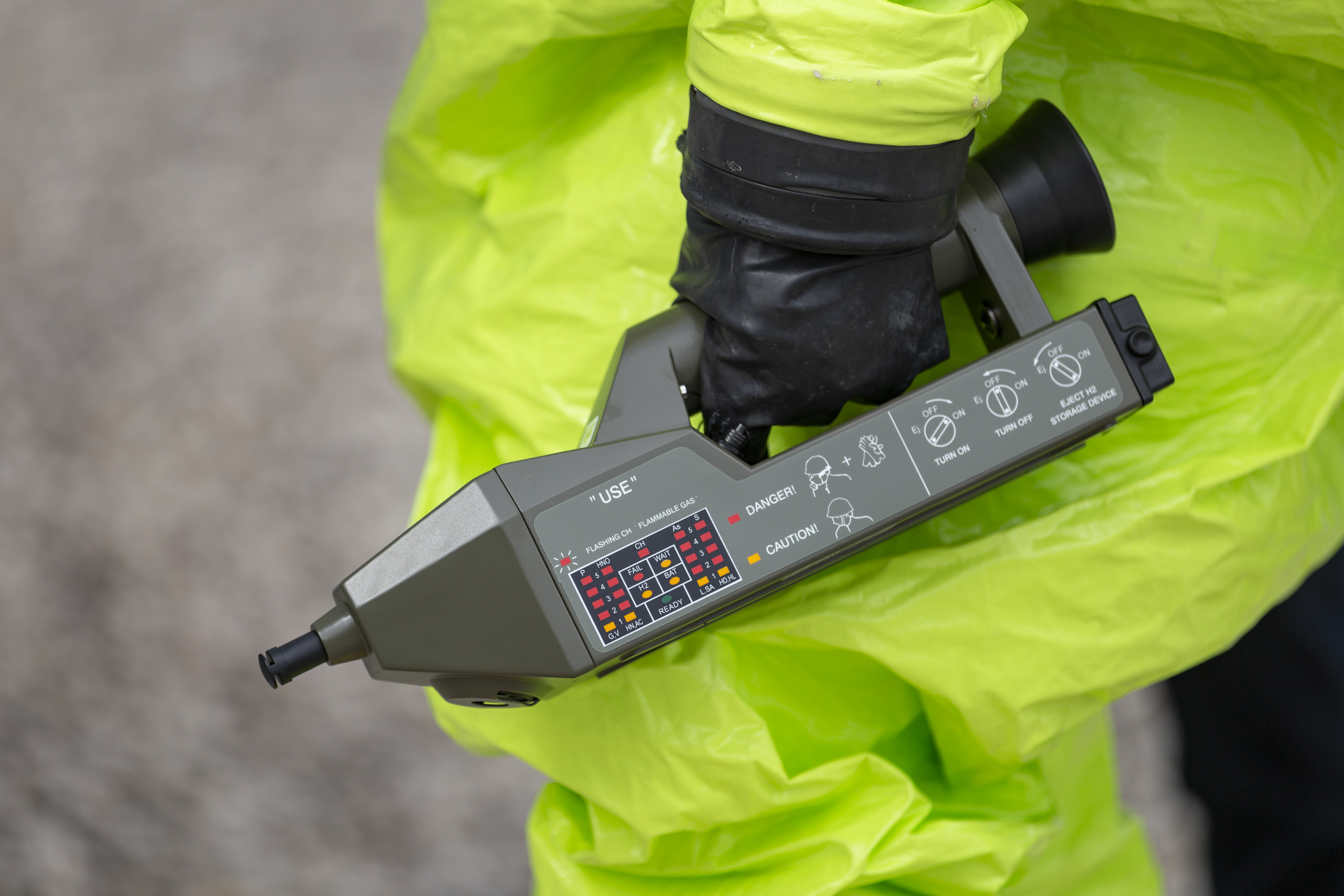$
Webinar 1 - AP4C Technology engaged on chemical sucides applications
Proengin

This webinar warns the rise of chemical suicides and how it has to be dealt with by the First Responders on site.
Chemical suicides in the United States have remained at a static rate of 0.4 deaths per 100,000 people for the past decades. This rate correlates to approximately 1500 deaths annually. Sadly, the overall suicide rate remains at approximately 50 deaths per 100,000. While the overall proportion of suicides involving the use of chemicals (excluding alcohol & drugs) remains low, due to the nature of the exposures the risk to the emergency response community is high. The chemical suicide methods have continued to evolve due to changes in the access to raw materials and methods. New methods are shared widely through various internet sites and chat rooms. While organophosphate ingestions historically have represented the most chemical suicides, more recent trends have been towards Hydrogen Sulfide (H2S) and Hydrogen Cyanide (HCN). This is partly due to tighter regulations on the organophosphates worldwide as well as the inclusion of vomiting agents in many to minimize the chance of accidental ingestions. Other methods include Phosphine (PH3), Carbon Monoxide (CO), Carbon Dioxide (CO2), Sodium Azide (NaN3), Sodium Nitrite (NaNO2), and inert gases such as Helium (He).
